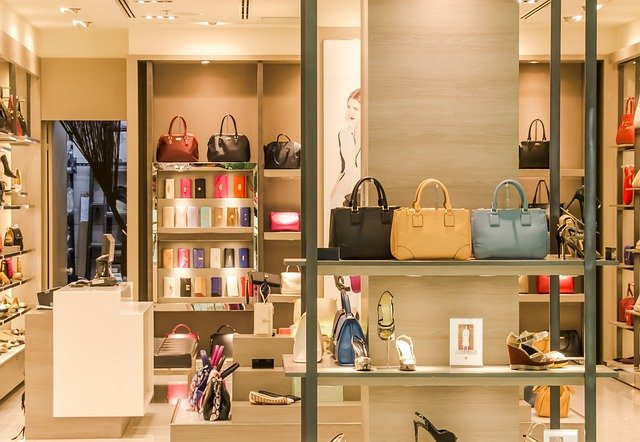Handbags: A Practical Guide for Fashion, Wholesale, and Retail
Handbags are more than functional carriers; they are style statements, retail drivers, and a key category in fashion inventories. Whether you’re a shopper looking for the right everyday tote, a boutique owner sourcing wholesale stock, or someone curious about how handbags influence trends, this guide breaks down practical details—materials, buying tips, retail tactics, and how to choose a bag that fits your lifestyle and business needs.

How do handbags shape fashion today?
Handbags reflect broader fashion movements by translating trends into wearable accessories. Designers reinterpret silhouettes, materials, and hardware each season, while consumers respond with interest in sustainable fabrics, minimalist shapes, or bold logos. The handbag often becomes the focal point of an outfit, elevating simple looks and reinforcing personal style. Smaller micro-trends—like chain straps, bucket bags, or structured mini styles—appear quickly, but classic shapes such as totes and shoulder bags remain steady sellers because of their versatility and timeless appeal.
What to know about wholesale handbags?
Buying wholesale handbags requires understanding minimum order quantities (MOQs), lead times, and quality control. Wholesale suppliers range from established manufacturers to independent brands and importers; each has different pricing, customization options, and return policies. For retailers, examining sample quality, material sourcing, and production ethics is essential. Bulk purchasing lowers unit costs, but you should balance inventory risk with expected demand. Building relationships with reliable wholesale partners can provide access to new styles and more favorable payment terms over time.
Where to go handbag shopping smartly?
Smart handbag shopping blends research with hands-on evaluation. When shopping online, read product descriptions carefully: note dimensions, strap drop, lining, and closure type. Check customer photos and return policies. In-store shopping allows you to test fit, weight, and how the bag sits on the shoulder or arm. Compare prices across retailers and consider seasonal sales cycles for fashion buys. For unique or higher-end pieces, seek out authorized retailers or boutiques to ensure authenticity and proper after-sales service.
How do handbags perform in retail environments?
Handbags are a strategic retail category because they convey lifestyle and can carry strong margins. Successful retail merchandising highlights bags by grouping them by occasion, color, or price tier, and by using mannequins and feature tables to create aspirational displays. Stock rotation—introducing new styles regularly while keeping core classics—helps maintain shopper interest. Omnichannel integration, where inventory and product information are synced between online and physical stores, improves conversion and reduces out-of-stocks. Staff training on product knowledge and styling suggestions boosts the perceived value and encourages add-on purchases.
How to choose the right handbag for your needs?
Choosing a handbag starts with function: consider what you typically carry and where you’ll use the bag. Size, compartments, and closure type affect daily usability; leather and high-quality synthetics offer durability, while canvas and woven materials can be lighter and more casual. Think about hardware and strap options for comfort and longevity. For buyers deciding between trend pieces and investment bags, weigh cost per wear: a timeless, well-made bag often delivers better long-term value, while cheaper trend pieces can refresh looks seasonally without a major commitment.
Handbags combine practical function with expressive fashion, and understanding wholesale dynamics, smart shopping habits, and effective retail strategies makes both buying and selling them more rewarding. Whether you’re stocking a shop or selecting your next everyday bag, attention to material, fit, and vendor reliability will guide you to choices that balance style, durability, and value.






